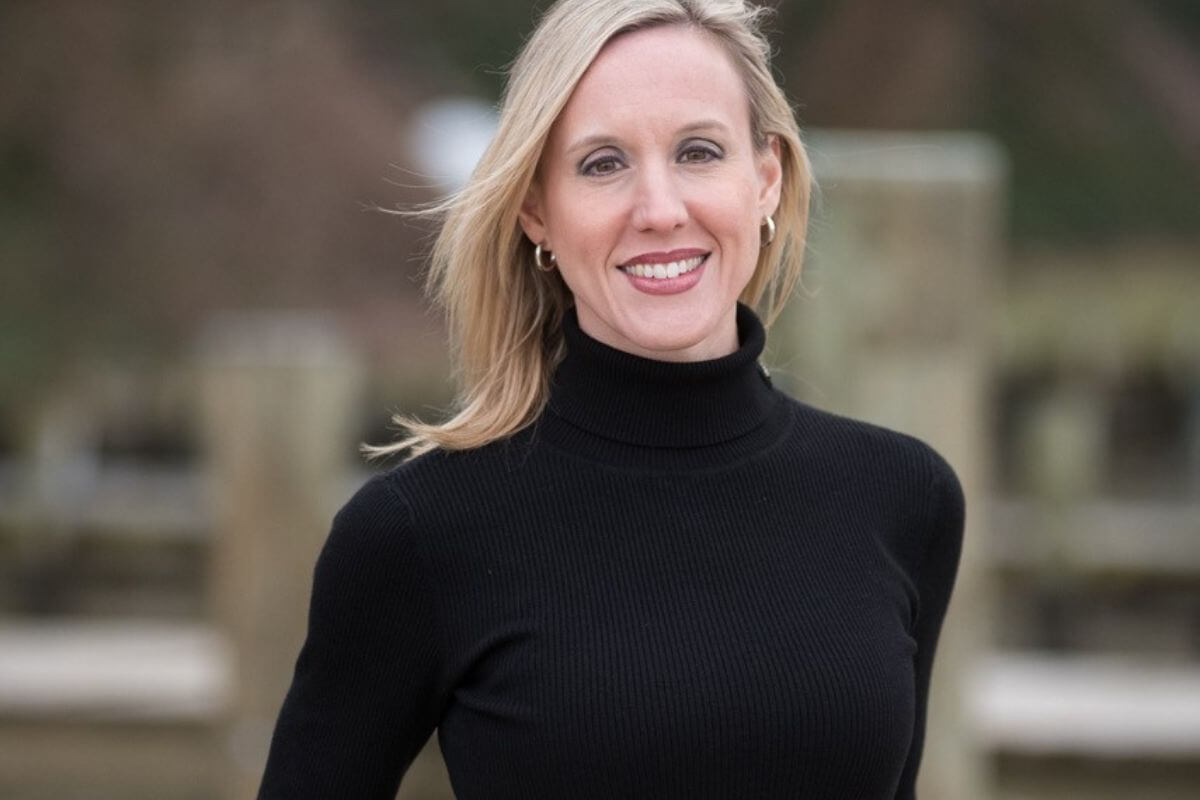Tiana Smith is a rising star in the realms of both YA and adult fiction and has captivated readers once again with her latest novel The Spy and I. In this guest post, Tiana shared about the differences and intricacies of the young adult and adult genres. With a keen eye for detail and a knack for crafting gripping adventures, Tiana Smith invites writers to ponder themes, pacing, sexual content, and more in regards to both genres and why it is important to know the differences.

The Spy and I by Tiana Smith
Meet Dove Barkley, a cyber security analyst who suddenly finds herself mistaken for her super-spy sister and thrust into a high-stakes government mission. When a group of dangerous operatives confuses her for her sister, Dove is forced to team up with the charming and distractingly handsome Mendez, who claims to be her sister’s partner and insists that she is in too deep to back out. With national security on the line and assassins after her, Dove must unravel a web of lies and deception to save her sister and prevent a catastrophe, all while questioning whether Mendez is truly her ally.
Buy the book now: Bookshop.com | Amazon | Barnes & Noble
As someone who writes books for both teens and adults, I often get asked the question: what makes a book YA vs adult? Is it just the age of the main character that clues the reader in that the book is intended for them? Is it about the sexual content? Can there be sex in YA books? Do adult books have to have sex? Is it the themes? Or something else all together? Are these just marketing terms that publishers use to sell books? The answers to these questions are nuanced, so let’s discuss.
1. Age of the protagonist
Of course, age plays a major factor. A young adult novel’s main character will almost always be a teenager. There are a few adult novels that feature teens, or even children characters as the main character, but in most cases, they are adults as well. Readers will often bounce between these categories (with teens reading adult books and adults reading YA books), but the protagonists’ ages don’t cross that divide as frequently as the readers.
2. Themes that are explored
Teens are still figuring out who they are and where they belong in the world. For the most part, adults know what they believe, and so adult books don’t focus on journeys of self-discovery the way YA books do. There’s also a difference in the way these themes within the books are explored. Everything is a new experience in YA, there will be a lot of mistakes, and a lot of character growth as well. I’m not saying that those things won’t be present in adult books as well, but I don’t think it’s nearly to the same extent.
3. Sexual content
This is a hot-button topic that likes to come around like clockwork in publishing every year or so. And that’s the topic of sex in YA literature, and whether it should be there or not. I’m not going to argue about what teens “should” be exposed to, or whether parents should police what their kids are reading, but I will point out, that when it is in YA books, sex is often portrayed differently than when it is in adult novels. When in young adult books, sex isn’t meant to titillate or arouse, but more so, demonstrate the real feelings (awkward, uncomfortable, or good) teens have when experiencing it for the first time.
On the flip side, adult novels often portray sex in more detail, in ways that are meant to get readers turned on. That’s not to say that adult books require sex scenes. Not even all adult romance books require sex scenes (this is where the phrase closed door comes in, sweet romance, or a host of other terms that describe the heat level in romance books). But when there is sexual content in adult books, it is portrayed differently than in YA.
4. Voice/pacing
This isn’t a hard and fast rule, since there are many books that have crossover appeal and there are many books that break this “rule” in both YA and adult, but in general and across most genres, I’d say that YA books tend to have fast pacing while adult books tend to be okay with going a bit slower. That’s changing a bit now as more and more adult readers crave the pacing of YA but with adult concepts and themes, however. Adult books also tend to be longer though, which means they can take a bit more time with their pacing, especially when younger audiences who are used to technological distractions might be more easily pulled from reading.
The voice in YA novels adds to this faster pacing. It’s meant to compel the reader to keep turning pages, having to know what happens next. Adult readers are usually okay to wait to have a few things explained, knowing that everything will come together in the end, but not as much with teens. So the voice usually is more engaging in young adult literature, meant to keep teens reading even in the parts where not as much is happening. It’s not unusual to see snarky, sarcastic, or funny narrators in YA literature.
5. The endings
We all love happy endings, but they do tend to be more common in YA. There’s usually a struggle and a challenge in both YA and adult, but adults usually know that sometimes things don’t always work out. Realistic endings, bittersweet endings, or endings where not everything is tied up neatly with a bow are more commonplace with adult (though there are definitely happy endings there too, or happily for now), but YA books almost always end with things working out for the best of the characters. When authors have strayed from that formula, it’s really sent waves throughout the community and those books really stand out in my memory.
So, there you have it. Just a few differences I’ve noticed between YA and adult books. Of course, things change and sometimes it feels like this gap is narrowing, especially as more and more books have “crossover appeal.” But as long as there are readers, there will be a place for these categories.














Leave A Comment